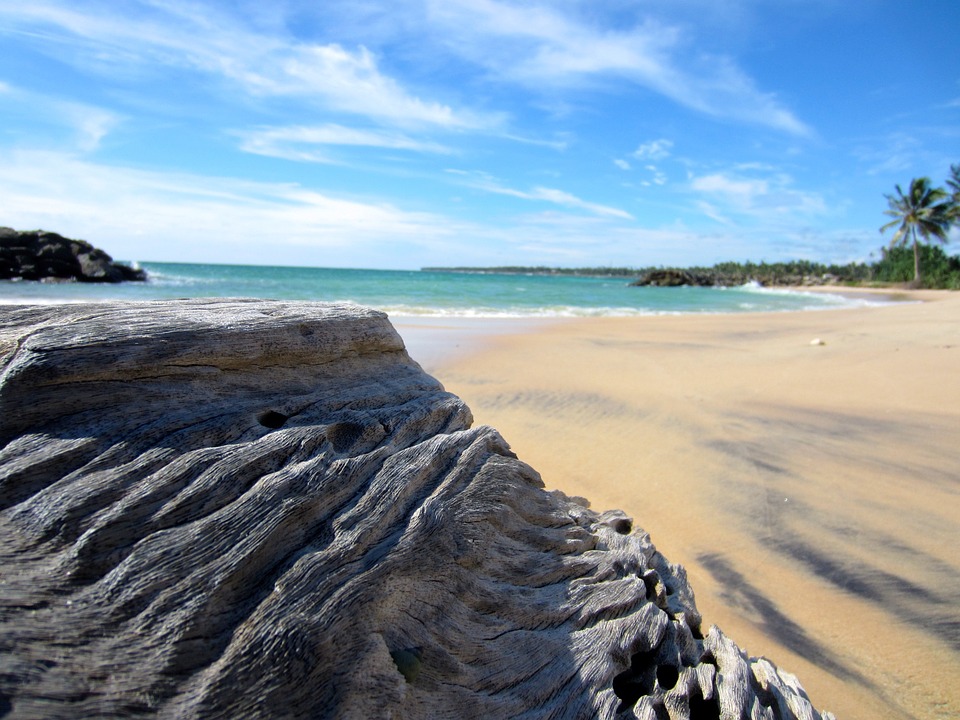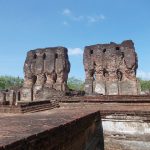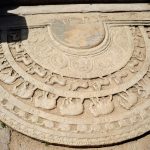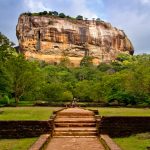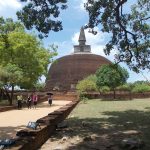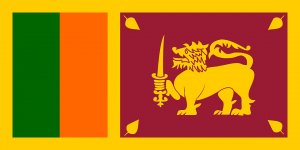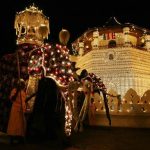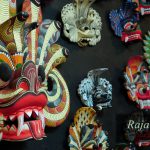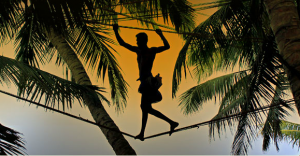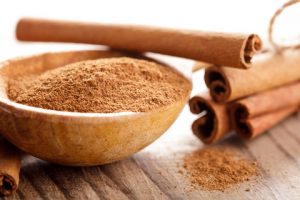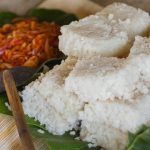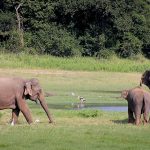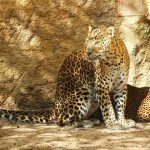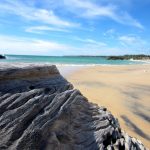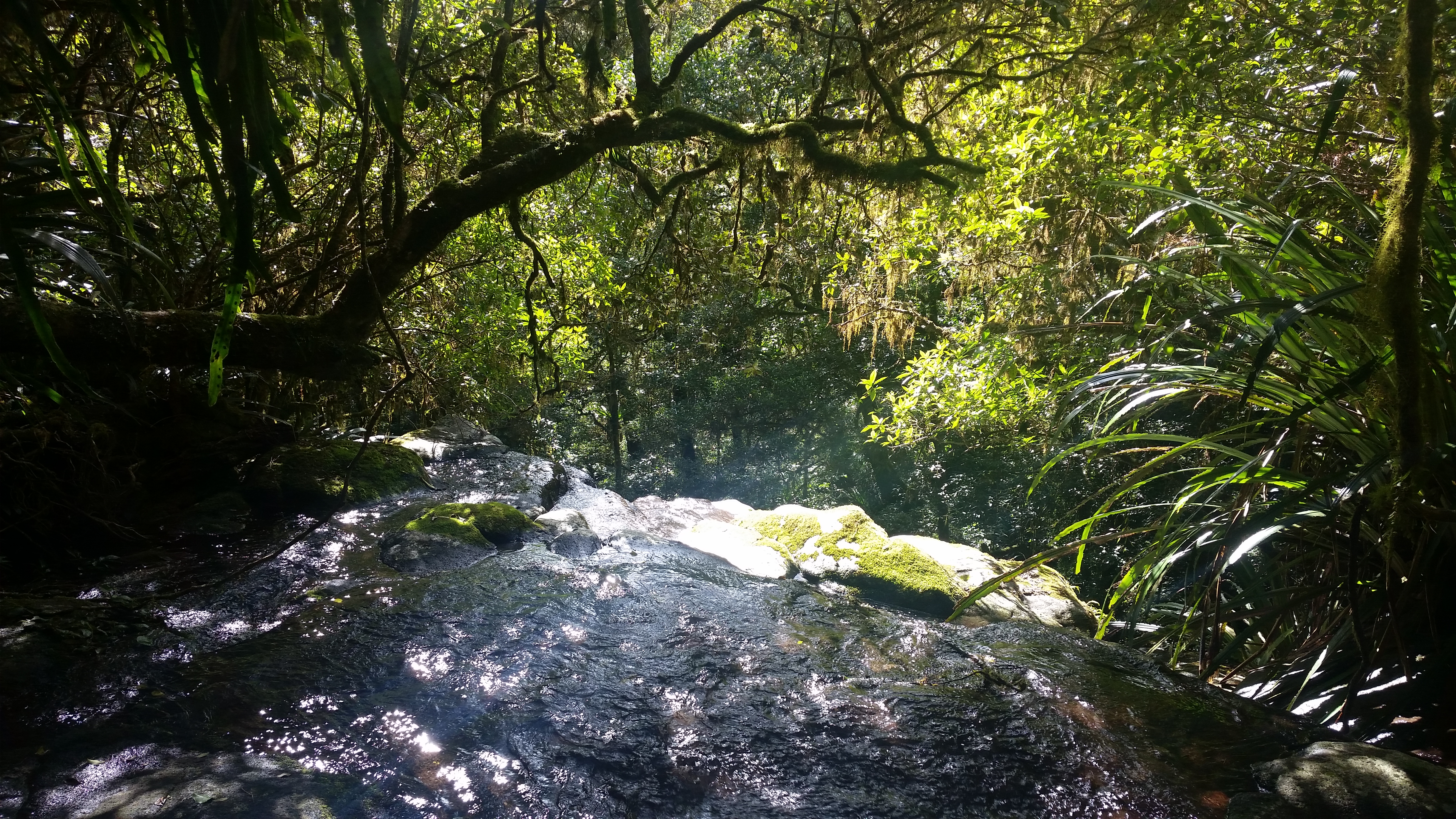Sri Lanka is a small but diverse country with plenty of charm. From pristine beaches and incredible wildlife to famous tea and ancient ruins. Some of these ruins are the evidence of a great nation and great ancestors, and the history extends for many centuries BC. Sri Lanka was called Ceylon in ancient times. Because of its incredible beauty Sri Lanka is called the pearl of the Indian Ocean, this is also because the country is the perfect shape of a tear drop dripping down from the lowest point of India.
1. Ancient history of Sri Lanka
The ancient period of Sri Lanka begins in 543 BC with the landing of Vijaya, a semi-legendary king who sailed to Sri Lanka with 700 followers from the southwest coast of west Bengal. In ancient times Sri Lanka had kingdoms such as Anuradhapura, Polonnaruwa, Dambadeniya, Yapahuwa, Sithawaka, Gampola, Kotte and Kandy. There are famous kings who ruled during this time such as Pandukabaya, Parakramabahu, Dathusena, walagamba, Dutugamunu, Kawanthissa, Mahasen, Vijaya, Dewanampiyathissa and Sri Vikramarajasingha. Based on these kingdoms, each ruler made a significant symbol related to religion. As a result, there are many significant religious places in history like Ruwanwali mahasaya, Thuparamaya and Jaya sri maha bodiya, and many more.
- Polonnaruwa
- Sandakadapahana
- Sigiriya
- Anuradapuraya
2. Sri Lankan Flag
Sri Lanka’s flag is one of the oldest flags in the world, though it had been changed during some eras. Finally the flag was returned to its original design in 1948 after Independence was achieved.
The flag is made up of:
- Four Bo leaves replaced four spear heads in four corners of the flag in 1972 and represents four values of the nation. Loving or Kindness, Compassion, Equanimity and Happiness. (Metta, Karuna, Muditha and Upekka)
People worship the Bo tree, is the most sacred tree. Lord Gautama Buddha attained Nibbana, Obtained Enlightenment while he was meditating under a Bo tree. In Sri Lanka we have the only remaining part of that Bo tree which is about 2600 years old.
- The sword represents the authority and bravery of Sri Lanka. The handle of the sword represent the elements that make up Sri Lanka: water, fire, air and earth.
- The gold color represents the largest religion of Sri Lanka, Buddhism. The Golden Lion shows the Sinhalese ethnicity.
- The green represents Muslims. The orange represents the Hindus and the Maroon color represents the Sinhalese people, the largest ethnicity group in Sri Lanka.
3. Culture & Traditions
The rich cultural traditions shared by all Sri Lankan cultures is the basis of the country’s long life expectancy, advanced health standards and high literacy rate. Sri Lanka has a rich artistic tradition, with distinct creative forms that encompass music, dance, and the visual arts. Sri Lankan culture is internationally associated with distinct cuisine, an indigenous holistic medicine practice, religious iconography, cricket, and exports such as tea, cinnamon, and gemstones, as well as a robust tourism industry.
- Traditional Perahara
- Traditional Dancing
- Traditional Arts and Crafts
- Traditional Dress
4. Cuisine
Toddy tappers are men who go from one tree to another to collect the nectar of the coconut tree. They make well known foods, such as coconut arrack, vinegar and juggery. Toddy tappers are like sky walkers walking on a coir rope tied on the top of a coconut tree to another. They are a unique feature of the island and even today those who visit southern part of the island have the privilege of seeing them.
Sri Lankan cinnamon is the best in the world with many varieties. Though there are other countries who produce cinnamon, Sri Lanka has it’s unique methods of peeling off or removing bark from the stem.
Most of Sri Lanka’s cuisine consists of steamed rice served with a spicy curry. The main traditional dish of Sri Lanka is kiribath, meaning milk rice. Curries in Sri Lanka are not just limited to meat or fish-based dishes, there are also vegetable and even fruit curries. A typical Sri Lankan meal consists of a “main curry” (fish, chicken, or mutton), as well as several other curries made with vegetable and lentils. Side-dishes include pickles, chutneys and “sambols” which can sometimes be fiery hot.
- Traditional Rice and Curry
- Milk Rice
5. Wildlife & Environment
Sri Lanka has a diverse array of bird species and has long claimed the highest amphibian species density in the world. Mammals are also found in Sri Lanka, such as Asian elephants, sloth bear, leopards, sambar and wild buffaloes. The ocean around the country is home to large families of cetaceans including the mighty blue whales and dolphins. Altogether 26 species of cetaceans rule the waters surrounding the country, making it one of the best locations for whale and dolphin watching.
The coast of Sri Lanka covers over 1300 kilometres. There are lots of beaches surrounding Sri Lanka which are exceptionally beautiful. All these beaches are famous for surfing, scuba diving, snorkeling, water-skiing or to enjoy the breathtaking views of the beautiful nature.
There is something for everyone on this island. Even better, distances are short which make it easy to discover a lots in a shorter space of time. You can explore cool climatic conditions after experiencing warmer conditions in another part of the island. Sri Lanka is one of the most beautiful tourist destinations.
– Shasthri

